Description
Psilocybe Stuntzii Strain Guide
Identifying Psilocybe stuntzii would require you to look at the cap first because this is its most distinguishable feature. This hygrophanous cap is typically dark chestnut brown but is significantly paler towards its center. Its color fades to a pale yellowish brown or pale yellow when dry. It is viscid or sticky when moist and stains greenish blue when injured or as it grows older. This cap is roughly 1cm to 2cm in diameter.
Underneath the cap are the gills which are moderately broad and yellowish brown in young specimen but progresses to violet brown to blackish violet as it gets older. The gills are also lined with whitish edges.
The stem, also known as the stipe, isn’t too long. It can only reach 6.5cm in height and can only be as thick as 4mm. It’s slightly enlarged at the base for more structural support. Usually, this stem is flexible and slightly fibrillose, dry, and hollow with white or brownish fibers.
Psilocybe stuntzii’s spores are dark violet brown. Under a microscope, they may appear subrhomboid in shape and subellipsoid from the side. The taste and odor of Psilocybe stuntzii is strongly starch-like, highly comparable to fresh, ground flour.
Despite the starchy taste, this mushroom is still edible. In fact, the best way to experience its hallucinogenic properties is by ingesting it fresh or dried.
Psilocybe Stuntzii Habitat and Distribution
The best place to find Psilocybe stuntzii is in newly-mulched gardens throughout the western region of the Pacific Northwest. It can also be seen growing scattered in small groups in new lawns with fresh sod, on conifer wood chips, and on soils rich in woody debris from early August to late December
In Seattle, Washington, however, it grows all year long. This magic mushroom has also been seen in other areas such as California and as far south as Santa Cruz.
There was a time, decades ago, when Psilocybe stuntzii is found in almost half of newly prepared and mulched lawns. As pastures disappear from Seattle, this shroom has also declined in number. Now, this mushroom appears periodically on freshly-manicured and fertilized new lawns.
Psilocybe Stuntzii Similar Species
Psilocybe stuntzii shares many similar features with the Galerina marginata which has led to many people to mistakenly ingest the poisonous shroom expecting a psychedelic experience only to end up with a very different, dangerous experience.
Galerina marginata contains amatoxins which accumulate in the liver. As the kidney tries to filter the toxins, the tubules become damaged which lead to kidney failure. Upon ingestion, it causes severe abdominal pain, diarrhea, and vomiting which last for six to nine hours. As the toxins stay in the body for several days, it results to gastric bleeding, coma, and even death.
Because of these dangers, it’s necessary to be cautious when hunting for Psilocybe stuntzii and not mistakenly ingest its toxic doppelganger, the Galerina marginata.
One way to distinguish this psychoactive shroom from the poisonous variety is by checking for the blue-violet stain that appears on the Psilocybe stuntzii when it is injured or handled. This discoloration does not occur in Galerina marginata because the latter doesn’t contain any psilocybin.
Psilocybe Stuntzii Effects when Combined with Other Drugs
Psilocybe stuntzii is a powerful psychedelic and should never be mixed with other mind-altering substances. Here’s a rundown of the effects of psilocybin from Psilocybe stuntzii when ingested in combination with common drugs.
Psilocybin and Cannabis. When used with marijuana, the visual hallucinations associated with magic shrooms become more intense. They should not be mixed together if you do not have any experience with psychedelics.
Shrooms can also amplify the common effects of bad weed: anxiety, confusion, and delusion. If mixing these two cannot be avoided, it’s best to start with only a fraction of the usual cannabis dose, and gradually increase from that point on.
Psilocybin and Alcohol. This combination is not recommended. Drinking alcohol results in dehydration, fatigue, and nausea. High doses of alcohol will only produce negative effects. The psychedelic experience will be dulled and become more physically draining. It’s only safe to consume alcohol during the comedown phase following the ingestion of shrooms.
Psilocybin and Other Hallucinogens. Other hallucinogens such as nitrous oxide and ephenidine should not be taken with Psilocybe stuntzii. Together, they will distort one’s sense of reality and perceptions resulting in disconnection and detachment from the environment and the self. The hallucinations become more realistic. Nausea, confusion, and delusions are also more intense.
Psilocybin and MDMA. Methylenedioxymethamphetamine, also known as Molly or MDMA, is a widely-used amphetamine. When used alone, it can relieve anxiety, and even promote muscle relaxation, sociability, and euphoria.
When psilocybin and MDMA are used together, the visual, physical, and cognitive effects of MDMA are magnified resulting in an overpowering euphoric bliss. Their interaction is unpredictable but thankfully, the potential toxicity of this combination has never been reported.
Psilocybin and Benzodiazepines. Benzodiazepines reduce the intensity of physical, visual, and cognitive effects of a psilocybin trip. They can mitigate a bad trip. However, the trip’s intensity will be severely reduced and the shroomers will suffer from insomnia, and amnesia.
Psilocybe stuntzii is best enjoyed when it is taken alone and without any other drugs which may dull its effects or make it go out of control. For the best psilocybin experience, all you need is some magic shrooms, a positive mindset, and a comfortable environment.
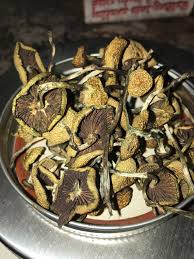

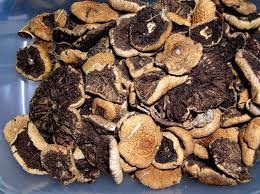


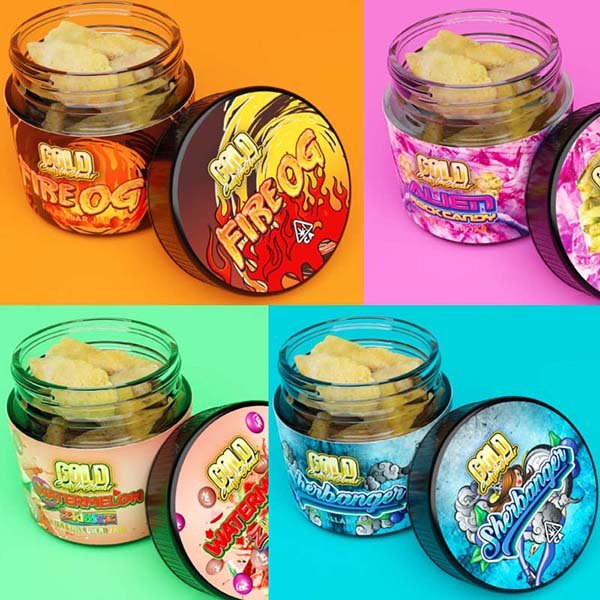

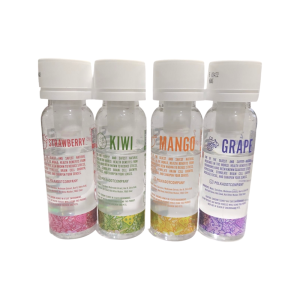
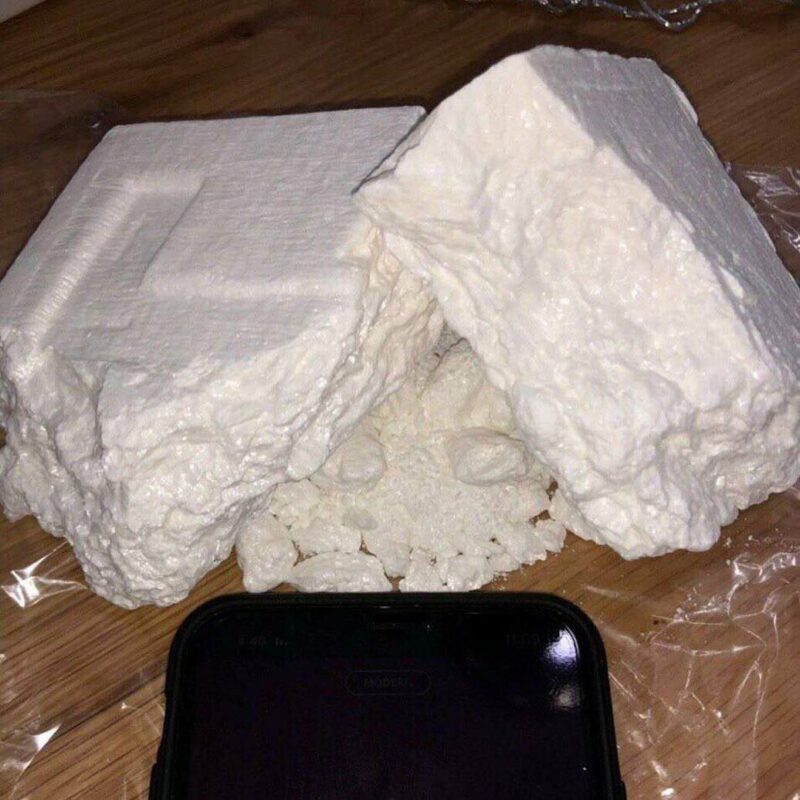
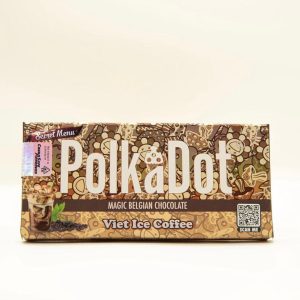
Reviews
There are no reviews yet.